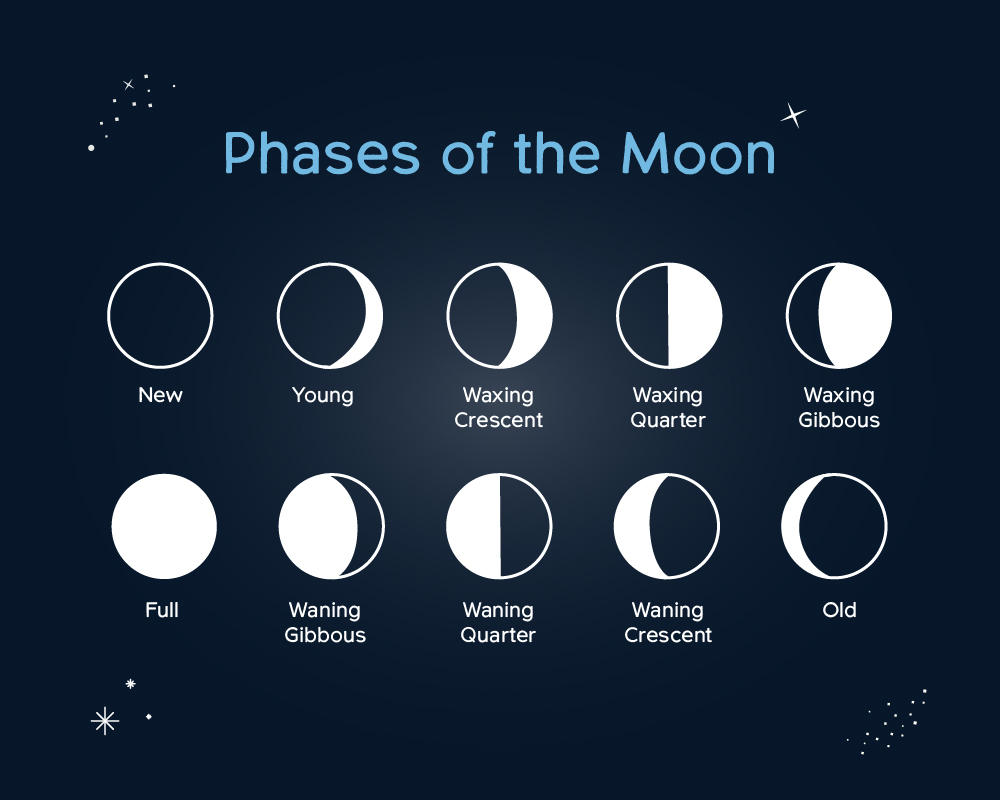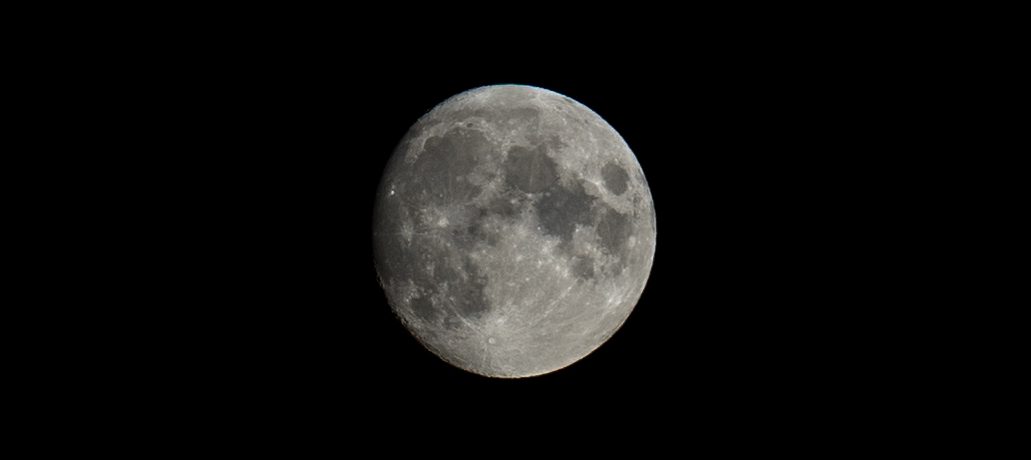Phases of the Moon
If you look up at the sky on a clear night, you will see the moon in one of its phases, sitting approximately 240,000 miles from earth. The moon that we see is the fifth largest in the solar system, and has the important role of helping to stabilise earth’s “wobble” on its axis, which in turn helps to stablise our climate.
We didn’t know that other moons existed until 1610, when Galileo discovered four moons around Jupiter. This is why our moon is simply known as “The Moon”. The causes tides, which shape and form our land and coastlines, and it is so in sync with the rotation of the earth that we only ever see one side of it.
As the moon rotates around the earth, it appears to change shape as a portion of it is lit up by reflecting the sun. A “lunar month” is the time it takes for the moon to go through all of its eight phases, which takes 29.5 days. It is interesting to note that the Northern and Southern hemispheres will offer reflected views of the same moon ‘shape’ because of the position on earth relative to the moon.
Here are the eight phases of the moon, as viewed from each hemisphere:

To check the current moon phase and find out times of moonrise and moonset, go to https://moonphases.co.uk/
Here at CPRE, the countryside charity, we want everyone to be able to enjoy the awe-inspiring wonder of a dark sky. Every year we invite people across England to take part in our Star Count citizen science project so we can map the darkest skies and try to tackle light pollution.
To get updates on our work and to hear news of next year’s Star Count so you can take part, sign up to our newsletter using the short form at the bottom of our homepage. You can unsubscribe anytime.






